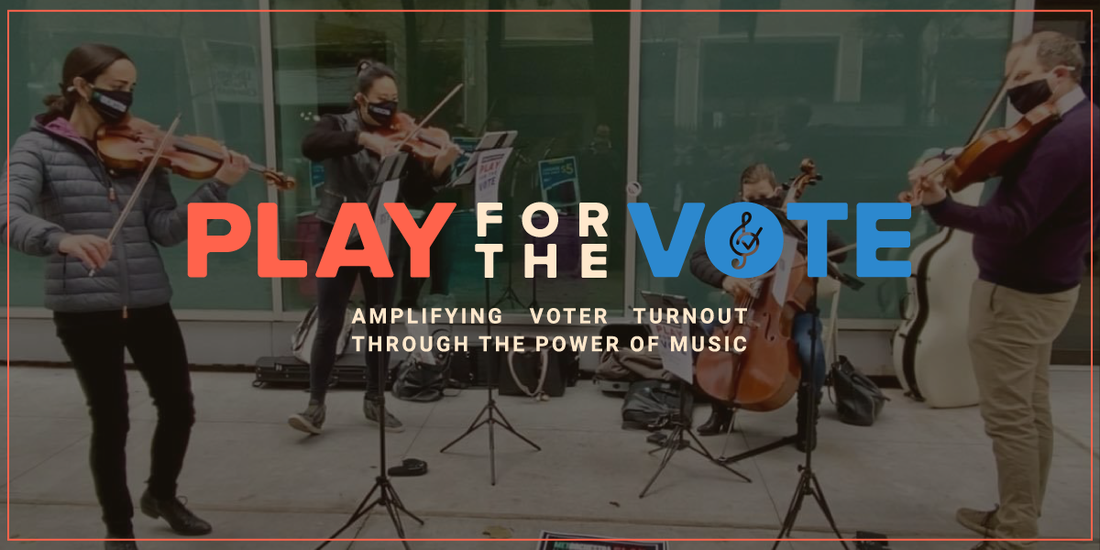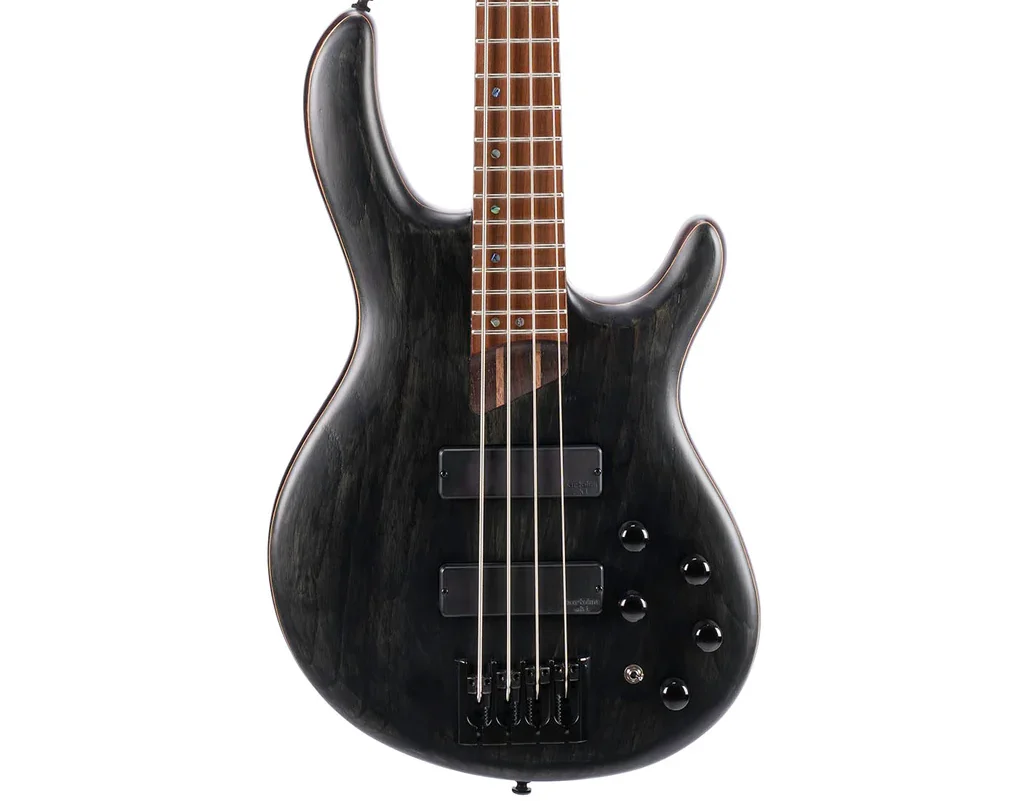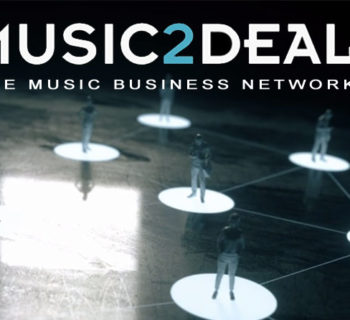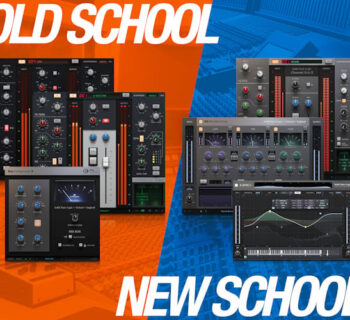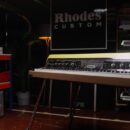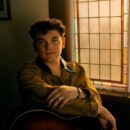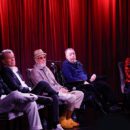John-Michael Tubbs is production manager at Tipitina's in New Orleans, and he told us all about it...
How long have you been running sound? How did you get into it?
I'd say professionally for twelve years now, but my first experience was when I was about four years old, plugging in my dad's guitar. In my early college years I ran around the Memphis area with my friends' band that had a PA. We'd provide the sound for local shows that they would play on, continually building out the system. We played and won a Battle of the Bands at Minglewood Hall where I met Cory Likens. After running into him a few more times around town, he said, "Man, you clearly enjoy this. Come by the shop and we'll put you to work."
He taught me how to move with purpose and get things done. I worked with a few production houses around town and on the road, deploying XLC and Vertec rigs, and patching stages from festivals to arenas, as well as a little theater thrown in for fun. After a while I found myself on the festival circuit, where my friend Dave linked me up with The Main Squeeze, whom I toured across the country with as FOH for a few years before landing in New Orleans in 2016, where I still toured from and worked in a local production house.
How did you get hooked up with Tipitina's?
I moved to the uptown area and was looking to pick up some venue work with nearby venues around spring 2018 when a friend linked me up with Ryan Jones, the PM at Tipitina's, who was looking for engineers. He was PM/FOH for the band Galactic, who bought the venue in 2017 to save it from closing or being bought by a certain national corporation for live venues, and he took over as PM to handle the production side of the club and bring it up to the standard of venues they had toured through.
I worked for about 2 months before he took me out on the road with Galactic as their monitor engineer, where he further mentored me in the ways of stagecraft. From then on I worked at the venue between tours. Two years ago, when RJ left to start his company BreezeLife (check out the Mister Breeze!), Galactic was tasked with the dilemma of finding a new production manager for Tipitina's, and asked if I would be interested. Since then I've held down the fort, mixing on both ends and curating a rotating crew of some of the best engineers and LDs in the city.
Any particular highlights? Which bands have been the best to work with?
More than I can count! The best thing about being in New Orleans is that we are spoiled with amazing talent, from the zydeco sounds of Lost Bayou Ramblers to the heavy funk of Dumpstaphunk, and everyone in between. Being a historic venue, we also have a lot of touring bands that seek us out, even though they could play much bigger venues. The pinnacle of that might have been when we had The Killers here for a surprise show during Jazz Fest.
Their crew was great to work with, and we managed to fit nearly two semi-trucks worth of gear inside. Jazz Fest is probably the height of our year, and definitely the busiest. We put on around 18 shows in 13 straight days between our evening, late night, and a few matinee shows, averaging about 40 bands, with many sold out shows. It's an absolute whirlwind, but very satisfying to pull off. It's great working at a music venue that everyone loves to play, because they're always happy to be here, which makes for a lot of magical moments.
How would you describe the acoustics/layout at Tipitina's?
We have an interesting stage setup, as the building was built in the late 1920s of brick and solid cypress beams, two of which occupy the stage to support the green room above. They make for an interesting challenge sometimes, but we always find a way to work with them. We're an 800 cap venue with room for 550 on the ground level, and 250 on our balcony. There's a lot of mature wood in the venue that adds a warmth that fits the character of the space and its rich history of performances, with flyers and posters on the walls of shows dating back to the club's opening in 1977.
What gear do you use?
At FOH we have a Soundcraft Vi3000 driving our d&b C7 rig, with three B2 subs that can deliver. We use a Mac Mini for house music and multitrack recording to Logic Pro over Dante from the console, which we use to archive every show. Monitor world consists of a Yamaha QL5 driving 10 mixes of L'Acoustic HiQ X15s plus up to two SB18 drum subs.
Our rig is a fun one to mix on, because it'll give you everything you ask for, from silky mids to deep and responsive low end when you need it. Monitors are also fun to mix here, as the HiQ X15s can deliver a lot of SPL smoothly, and are very musical boxes. Our mic kit is a mix of Telefunken, Audix, Shure, with a few Sennheisers thrown in, and a nice compliment of Radial DIs.
Our house backline is also pretty stellar, featuring a well-maintained Hammond B3 & Leslie, Gretsch Brooklyn Series drum kit with Zildjian cymbals, Ampeg SVT classic rig, Fender Twin and Deluxe among others, and LP Pedrito Martinez Congas, all of which sees more action than you might think. Having been on the road for years ourselves, we took notes of all of the best things a venue can have, and have worked to integrate them into Tipitina's for the best experience for bands and engineers, local and touring alike.
For my personal kit, I have a pair of Audio-Technica ATH-M50x headphones, though I'm often sporting Shure SE425s for quick reference and mixing IEMs when I'm in monitor world. I've also added the Sound Bullet which comes in really handy when you need it, and Scarlett 2i2 for Smaart.
For more information, visit tipitinas.com.


